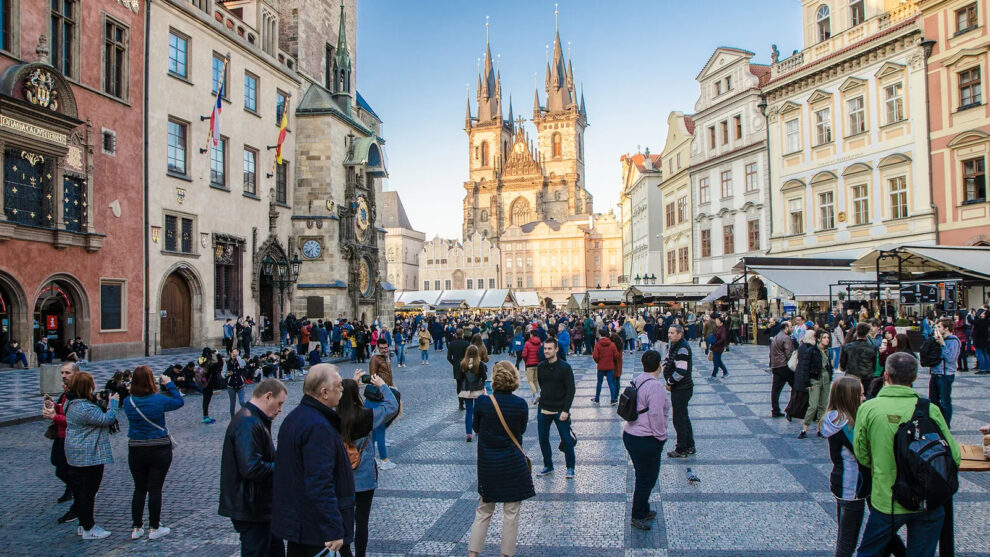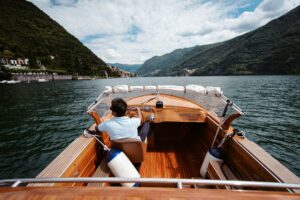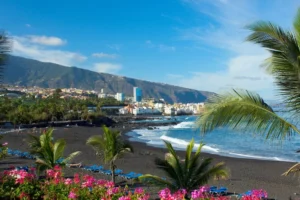Locals explain how the influx of travellers has affected them, how authorities are responding and how visitors can remain respectful of people who live there year-round.
Global travel and tourism continues to grow at breakneck speed, growing faster than the global GDP and contributing more than $8 trillion to the economy every year. Yet, in some cities seeing a record numbers of visitors, governments and residents alike are starting to question whether this growth of tourism might be too much of a good thing.
In order to understand the struggles these cities could face in coming years and how they might address them, the World Travel & Tourism Council (WTTC) and real estate firm JLL recently put together the Destination 2030 index as a way to measure tourism readiness, based on tourism growth and the cities’ ability to manage that growth. The index measures 75 tourism indicators – including the concentration of visitors, urban readiness and local policy engagement – to determine the challenges ahead for 50 of the world’s major cities.
In the report’s ‘Managing Momentum’ group, cities with high growth in tourism numbers were flagged as potentially causing strain on existing infrastructure if steps aren’t taken to manage the growth. We talked to a few residents in these cities to find out how the influx of travellers in recent years has affected them, how authorities are responding and how visitors can remain respectful of the people who live there year-round.
Amsterdam
With 18 million visitors last year and a population of under 1 million, Amsterdam has seen tourists add to rising real-estate prices due in part to short-term rentals, as well as contribute to overcrowded streets and problems with their relaxed drug laws. In the index, Amsterdam ranks in the highest quartile for concentration of visitors and overall ‘crunch’ (the strain on the city). Unhappy residents have given it the derogatory nickname of ‘Venice’, a symbol of a city overrun by holidaymakers.
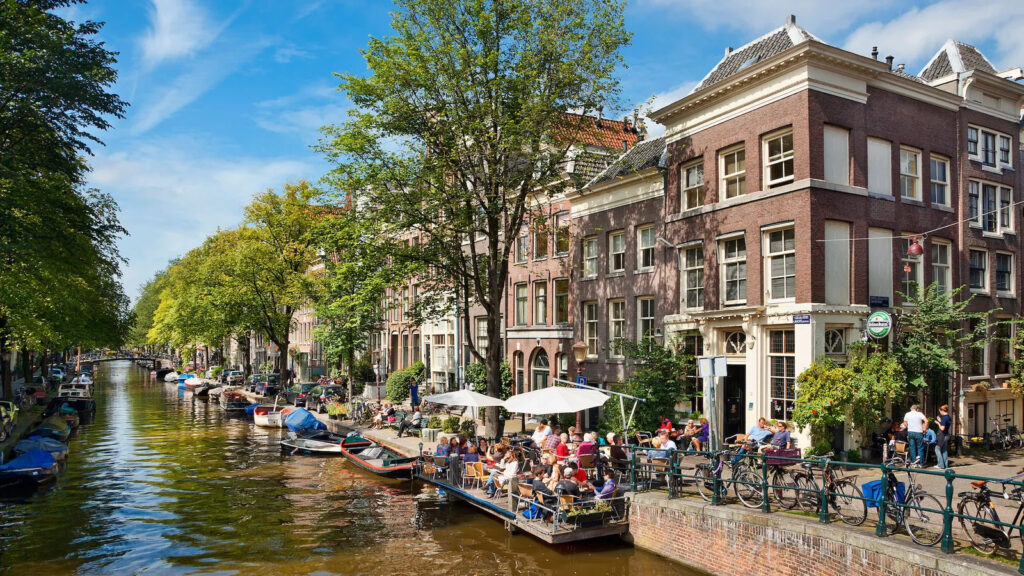
Still, some say the picture isn’t as bleak as the media makes it out to be. “Museums finally have enough budget and small businesses are thriving,” said Amsterdam native Hanneke Vroegindeweij, co-founder of private tour company Amsterdam Odyssey. “In 42 years of my life, I’ve never seen my city so beautiful.”
That doesn’t mean there isn’t plenty to be done, and the Dutch government is working on it quickly. The city has banned short-term rentals like Airbnb in certain areas, and has plans to stop cruise ships from docking. The city also has worked on channelling tourists to other Dutch cities, like Zandvoort (only 40km from Amsterdam’s city centre), renamed ‘Amsterdam Beach’ to give people the feeling it is an accessible destination.
In 42 years of my life, I’ve never seen my city so beautiful
“The city is implementing several projects promoting different kinds of tourism with an emphasis on sustainability, ‘slow travel’ or lesser-known neighbourhoods with projects like ‘24H Noord’, [part of the 24H Amsterdam programme, which dedicates a day to exploring the lesser known and trafficked districts in the city],” Vroegindeweij said. “We aren’t against having lots of tourists in Amsterdam. We just want them – and the city – to rise above the level of mass tourism.”
San Francisco
California’s coastal city has always been a draw for tourists with its iconic Golden Gate Bridge and Fisherman’s Wharf, but the Silicon Valley tech boom here has put additional strain on the resources of the city, even as tourist numbers continue to grow. In the index, San Francisco ranks in the highest quartile for overall ‘crunch’.
One of the landmark lightning rods in the city right now is Lombard Street, known as ‘the crookedest street in the world’ for its winding, steep hairpin turns. “The traffic backup to travel down this little stretch spills over into neighbouring streets and blocks the flow of traffic,” said Kristine Dworkin, whose family has lived here for generations. “Groups stop to take selfies at the bottom with seemingly no notice of the cars coming towards them. Pedestrians also don’t seem to realise that the homes along Lombard are private property and frequently trespass in the yards.” In response to the complaints, the city recently approved a toll-based reservation system, which could go into effect as early as next year.

Lombard isn’t the only street where tourists get a little too close for comfort to private residences. Alamo Square Park in the centre of the city is lined with the ‘Painted Ladies’, variously coloured Victorian houses dating to the 1890s – made even more famous for being the backdrop of the opening to the sitcom Full House. “On a recent visit to Alamo Park, my kids were stunned to watch from the park as person after person walked up on the front porch of the home from Full House and snapped family portraits,” Dworkin said. “My daughter asked me, ‘Mom, do they think people don’t live there? Maybe they think it’s a set from the show’.”
The city generates more than $9 billion from tourists annually, so city officials are embracing the traffic and working on initiatives to clean up other parts of the city and make it more attractive for visitors. In return, it’s basic empathy and respect that residents like Dworkin would like to see.
Prague
Ranking in the highest quartile for overall crunch and the density of tourist traffic, the Czech Republic’s capital (a city of just 1.3 million people) attracted a record 7.9 million visitors last year. Most tourists never leave the area of Prague 1, the district with Old Town, Malá Strana (The Lesser Quarter) and the castle area, which keeps the negative effects contained.
It’s something of a shame that the centre has now been surrendered to tourists”
“It’s something of a shame that the centre has now been surrendered to tourists but even there, locals can find refuge and cheap-ish beers in places known mostly to university students,” said Charlie Neville, originally from London, who has lived in Prague since 2002 and works for custom tour operator JayWay Travel. “We enjoy a much less busy version of Prague in neighbourhoods like Letná with its beer garden with one of the best views of the city, tree-lined avenues of Vinohrady, trendy Karlin, and hipster Vrsovice.”
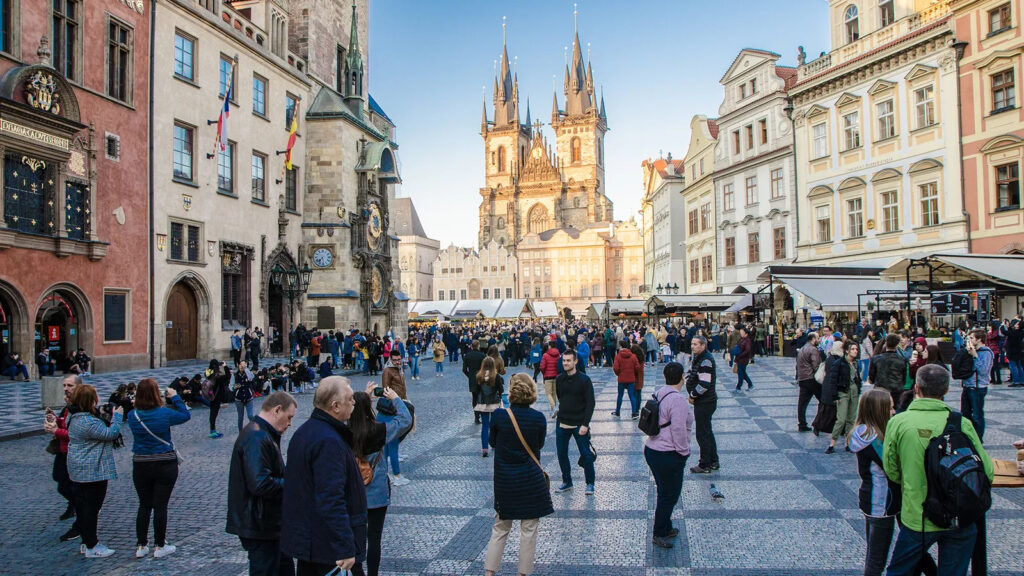
To keep the effects of tourism in check, the Prague city council has worked to enforce night-quiet rules, has banned Segways and is currently working on a ban on traffic-impacting ‘beer-bikes’, popular pedal-powered trolley bikes that tour breweries and bars in the city centre.
Much like in Amsterdam, the Czech tourism bureau is working on moving people out of the capital. “Český Krumlov [a Bohemian castle town 170km south of Prague] is already too busy with day trips, but the [country’s] second largest city, Brno, is a pleasant tourist-free alternative, as is Olomouc,” Neville said.
Barcelona
Barcelona has struggled in recent years to manage the number of tourists descending on its sun-soaked streets, and ranked in the index’s highest quartile for overall ‘crunch’. With more than 30 million visitors last year, tourists can far outnumber the local population of 1.6 million, which puts a strain on city resources.
“Tourists bother me when a group of eight or more take the neighbourhood bus – a small minibus that neighbours use to go uphill to their homes, especially for elderly and families with kids or strollers or people carrying heavy shopping bags,” said Barcelona native Marta Laurent Veciana, owner of tour company ForeverBarcelona.com. Big tourist groups also often block the subway ticket validating machines. “Leave at least one machine available for locals so they don’t have to wait until your entire group has validated their ticket to go in.”
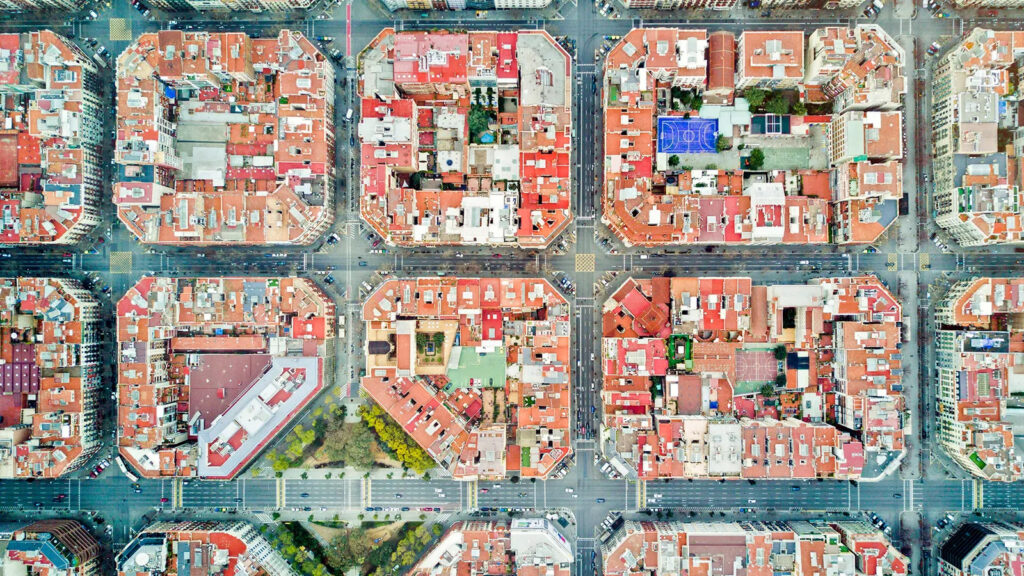
As a beach destination, Barcelona can sometimes attract badly behaved tourists. “It’s really annoying when you see tourists throwing garbage on the streets, or drunk gringos [foreigners] at night vomiting around,” said María José Castro, who moved here a year ago. Veciana also has a problem with people who feel like it’s OK to wander naked in the streets, a sight that is all too common. “There are two nudist beaches, if they want! Also, men shouldn’t go bare-chested outside of the beach area.”
Residents say tourists could take basic steps of not littering and staying quieter at night to ease some of the burden on locals. The government has also worked in recent years on initiatives to reduce the strain. They recently implemented a new shuttle bus from Alfons X subway station (L4, yellow line) to Gaudi’s Park Güell, free of charge with a park ticket purchase; and worked to pedestrianise many of the streets around the Sagrada Família basilica. They’ve also passed laws restricting Segway and bike tours to certain areas, away from crowded areas like the waterfront.
Toronto
Not every city sees the growing number of visitors as a bad thing. “Personally, I love seeing more people flocking to our great city of Toronto,” said Kyle Collier, founder of tech startup Phaze. “I’ve lived in Shanghai, China, so from my standpoint Toronto has lots of space.” That doesn’t mean Toronto doesn’t face challenges ahead – the index ranks the city in the highest quartile for overall ‘crunch’.
Personally, I love seeing more people flocking to our great city of Toronto
While the tourism industry seems ready to take on the influx of visitors, according to locals, it’s housing where residents are feeling the real pressure. “Toronto was already facing an affordable housing shortage. Especially in the downtown core, this has been exacerbated by the advent of holiday rentals (such as Airbnb),” said resident Eric Wychopen, who blogs about the province at Ontario Away. “It’s common now to see condo terms and conditions prohibiting renters from posting their properties for holiday rent. However, it’s also common knowledge that some tenants still illegally rent their properties.”

For tourists, a little respect for the environment goes a long way for locals. “Littering is something that disappoints me,” Collier said. “You certainly wouldn’t want people littering in your home, so why do it to everyone else? Respect the planet, and people, especially those you don’t know.”
Source : BBC

